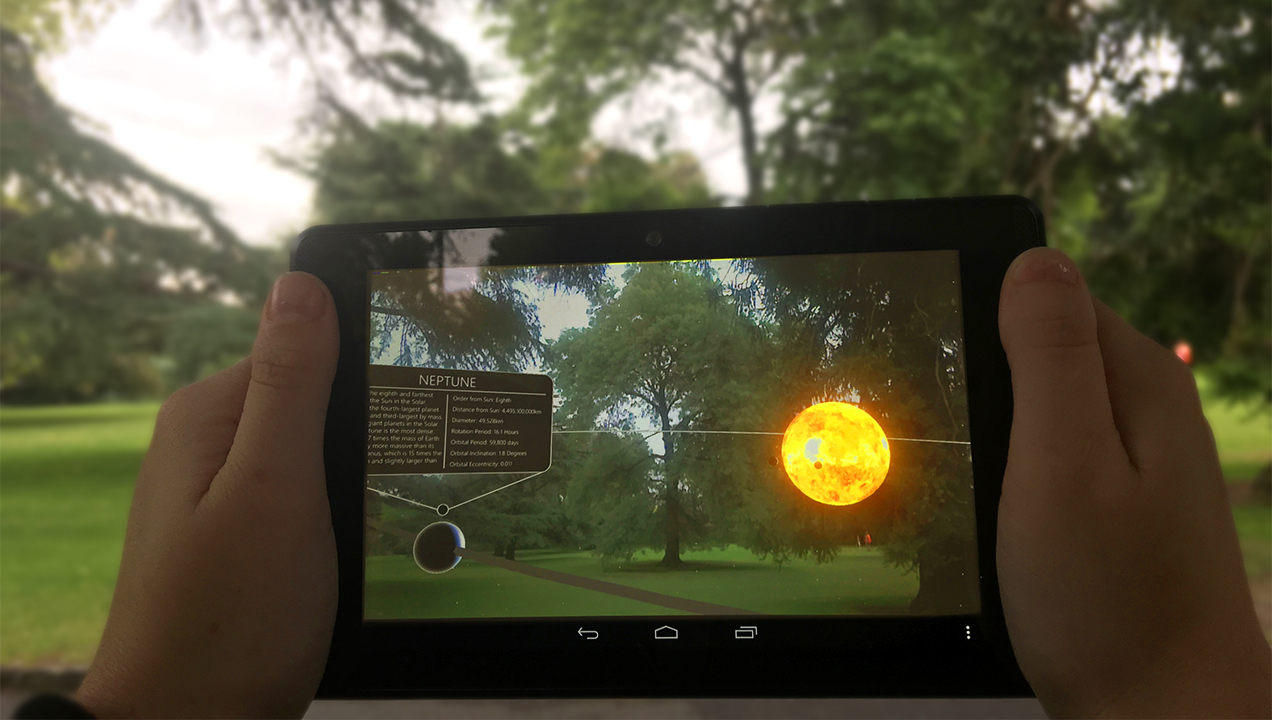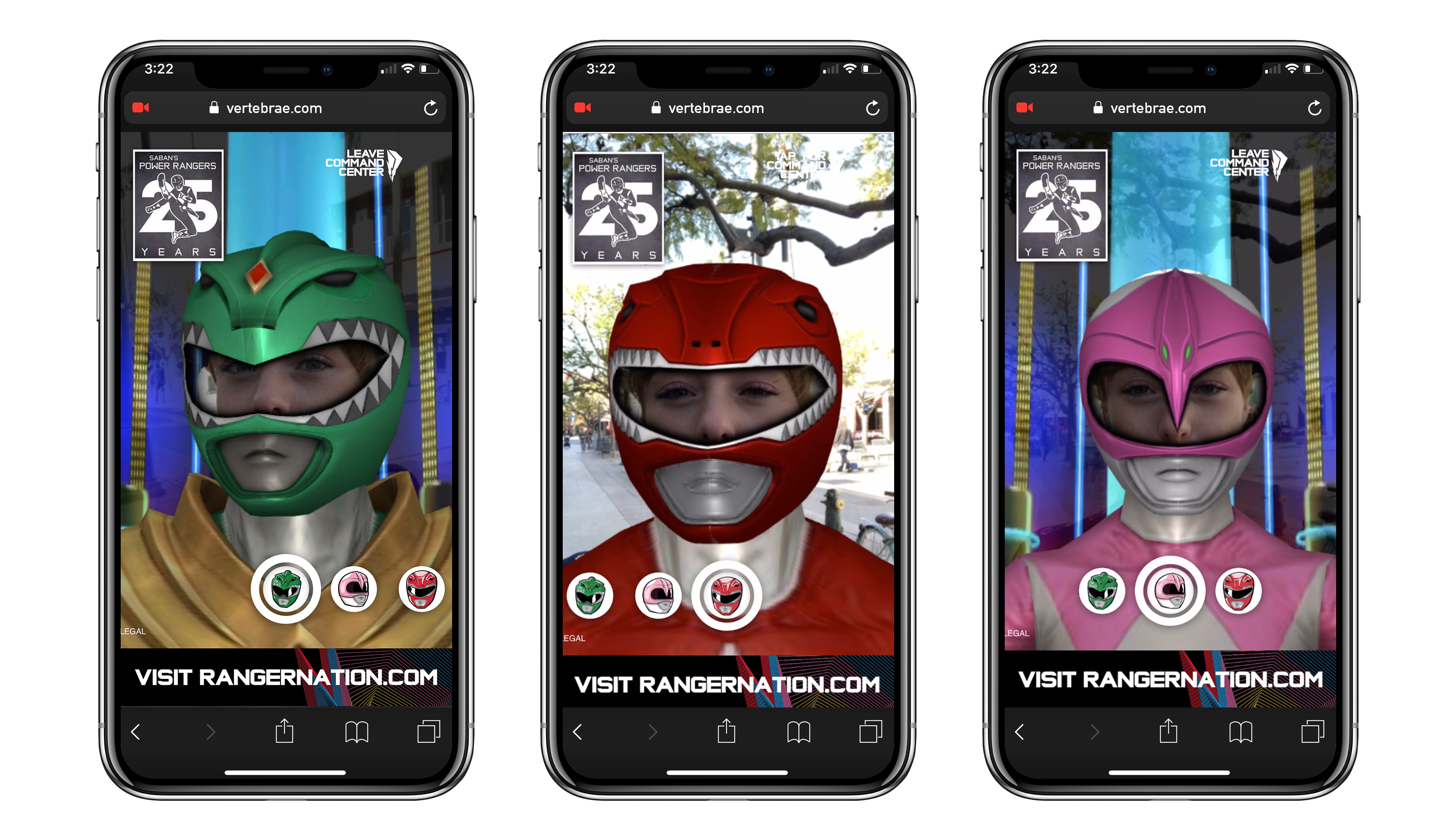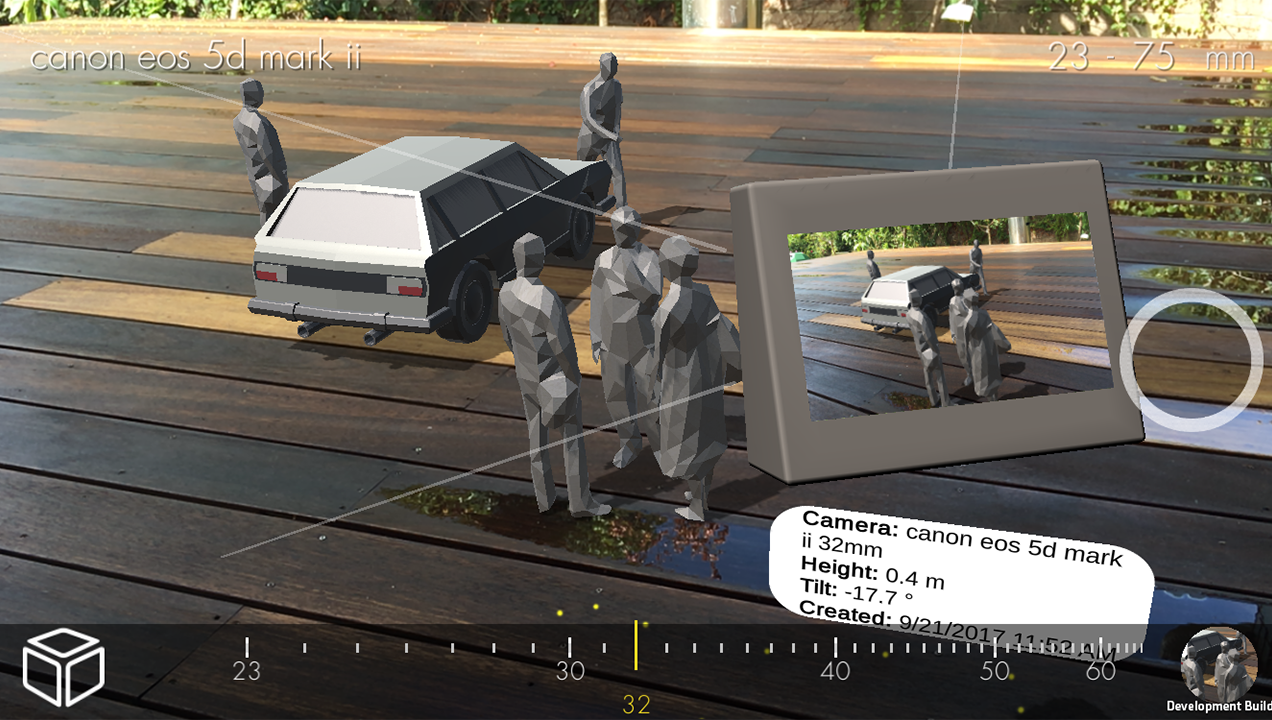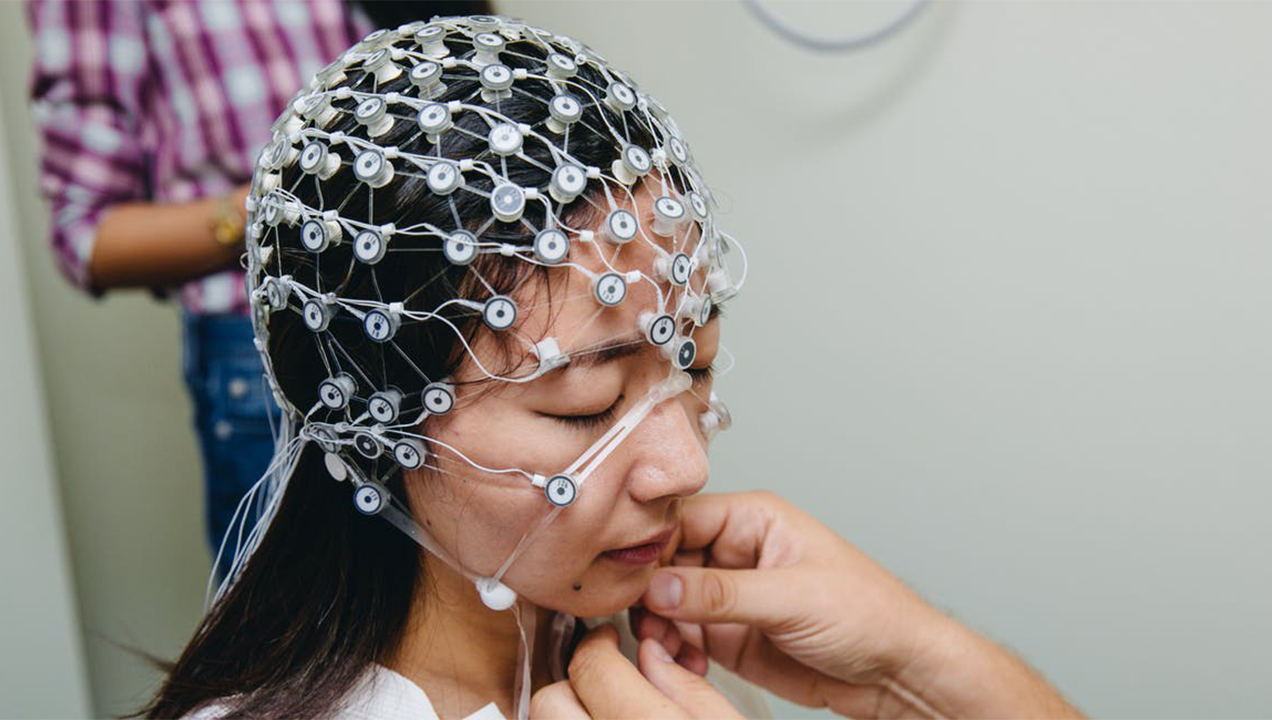4 AR Innovators to Watch
With all of the rapid development ongoing in the Augmented Reality sphere right now, it would be remiss of us not to mention some of the innovative organizations that are currently laying the groundwork for what we believe will be the next great design evolution. So, without further ado, here are the four innovators that we think are shaping the landscape of tomorrow, today.

Image credit: Opaque Media (https://www.opaque.media)
Opaque Studios
As the entertainment industry has moved further and further from the physical realities in front of the camera to all of the visual effects added in post-production, the producers and directors have lost control of the creative vision of their films. Everything involved in visual effects has to be carefully planned out in advance, and there is no opportunity to make decisions rapidly to match changing circumstances. In turn, this places limitations on the live action performances, with reduced opportunity for ad-libbed content or adjustments to highlight specific elements of a performance. Opaque are working to reverse that trend, giving film and television professionals the ability to go “inside” the VFX scenes that they are creating the same way that they would a live action set, allowing relighting and redressing of sets from inside the simulation. Ultimately, what has us most excited about Opaque Studio’s plug-in technology is that it will be applicable to so much of design outside of entertainment once VR and AR become mainstream, allowing unparalleled live collaboration on digital prototypes.

Image credit: Vertebrae (https://blog.vertebrae.com/best-ar-ads-snapchat-facebook-web)
Vertebrae
One of the biggest bug-bears surrounding AR experiences from a business standpoint is monetisation. How do you make the application that you have designed to help smooth some of the sharp edges off real life into a money maker so that you can go on making new apps? At Vertebrae, the proposed solution is to import the advertising economy of internet browsing into the augmented world. Introducing real life “product placement” and native advert insertion for AR experiences. While the start-up is still in its early stages, working out the best way to deliver 360 video, they have already attracted the interest of a whole crop of blue-chip clients. While we aren’t certain that the advertising systems of the past are going to function as a primary revenue source in AR when the trends in related industries seems to be hinting at micro-transactions leading the way, it is good to see that someone is looking at the practical solutions to making AR functional in an economic as well as technical sense.

Image credit: VR Scout (https://vrscout.com/news/blocker-ar-app-filmmakers-afternow/)
AfterNow
Each of these innovators has provided some big idea to AR development, but AfterNow are the organisation that seem to be working the closest to reality. Their projects are not about huge sweeping changes, they are the minor improvements to day to day life that AR is actually going to be used for, from tinting the colour of lighting to suit the users taste, through holographic restaurant menus and even an app for spatial audio mixing. Each of these small self-contained AR applications show the potential of AR not just for creating sweeping changes to the way we interact with the world, but for customising the experiences of every single user to suit their preferences. AR offers the potential for everyone to live in a bespoke reality that suits their aesthetic needs, and from a design perspective, that is absolutely fascinating.

Image credit: Inverse (https://www.inverse.com/article/30914-neuralink-facebook-mind-reading)
Neuralink
We would be lax if we went through a whole discussion on AR innovators without mentioning the companies that are trying to push beyond the limits we haven’t even reached yet. The Neuralink project sounds like something from science fiction, an interface between our brain and our computer. The initial uses for this technology will obviously focus on medical aid for people with degenerative neural disorders, but the long-term potential once brain activity can be read by a computer is essentially limitless. From an AR perspective, it would mean the elimination of the requirement for any special equipment, memories and moments could be freely shared without the need for any interpretative technology. It is a distant dream, but it is still on the same spectrum of ideas as all of the other AR innovations on this list.
